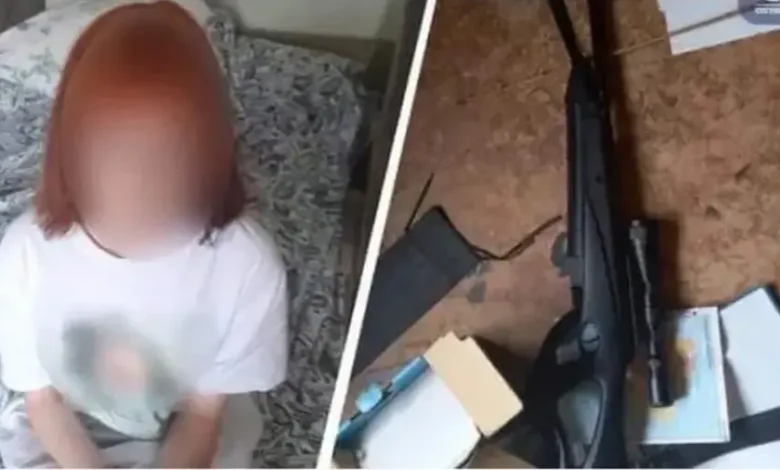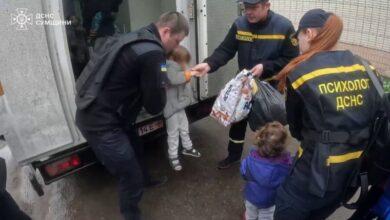In Odesa region, a woman shot a child with a pneumatic rifle, trying to scare away sparrows from the yard.

The war brought not only the sounds of sirens, destruction and loss to Ukrainian everyday life, but also serious changes in access to weapons. It appears more and more often in homes, in yards, in car trunks, and even in children’s conversations. Against the background of legalized gun ownership and the militarization of society, the number of incidents when children become accidental victims of careless handling of them is also increasing. Some of these cases are fatal, others are “lucky”, as in the situation that happened in Odesa.
She wanted to scare away the sparrows, but she hit her daughter
On the evening of May 2, an incident occurred in one of the villages of Bilhorod-Dnistrovsky district of Odesa region, which clearly demonstrates the potentially dangerous recklessness with which even “non-combat” weapons are used. By message police, a 39-year-old woman decided to drive sparrows out of her yard using an air rifle. However, the shot turned out to be a miss – it hit not the sparrow, but the leg of her nine-year-old daughter, who was standing in front.
The neighbor, hearing the shot and seeing the wounded child, called the police. The girl was promptly taken to the district hospital, where doctors diagnosed a slight injury to the lower leg. The child’s condition is stable. An administrative protocol was drawn up against the women under Part 1 of Article 184 of the Code of Ukraine on Administrative Offenses — “failure by parents or persons replacing them to fulfill their duties regarding raising children.” Now she faces a fine.
The police qualify the incident as an “accident”, but the very fact of using a weapon in a domestic situation, especially involving children, causes concern.
Weapons are increasingly in the hands of civilians
After the start of the war, against the background of the general armament of the country, the attitude towards weapons in society also changed significantly. Along with mobilization, demand for self-defense and voluntary participation in territorial defense formations, more and more people come across weapons in their everyday life. Part of it is legal (hunting, traumatic, pneumatic), the rest is handed over from the front, acquired or simply “left behind” after rotations or combat operations.
At first glance, an air rifle does not look dangerous. It can be freely bought in stores, it does not belong to the category of firearms, and does not require a permit. But an aimed shot from it can cause damage, and with careless handling, it is easy to turn an ordinary yard into a risk zone.
Children are especially vulnerable in such situations. They don’t always understand that guns are not toys, and adults often underestimate the risks. A child can find himself in the trajectory of a shot, take a weapon without permission or become a victim of “teaching” by parents. It becomes even more dangerous in situations where adults try to use weapons in the home – to protect against animals, to “scare” or even as a joke.
At the state level, little is said about these threats. Most public campaigns focus on mine safety and the dangers of explosive devices. But there is informational silence about household weapons, which are often stored without safes, instructions, alarms and controls.
And even less is said about how children perceive weapons: many of them see them every day at roadblocks, in the news, on the streets. Some grow up in an environment where a machine is a common thing in the house. In the conditions of such an oversaturation of aggressive images, both adults and children gradually lose their sense of the border between “dangerous” and “ordinary”. And this is a direct path to disasters.
War naturally leads to an increase in the number of weapons in civilian space. Ukraine is no exception: more and more people have access to various types of it – both legally and not. However, this fact requires not only a system of accounting and control, but also large-scale informational and educational work. Because a weapon in the hands of a civilian is not only about self-defense, but also about responsibility, safe handling and risks for children. If the weapon is already in the apartment or house, it should not be accessible to the child.





